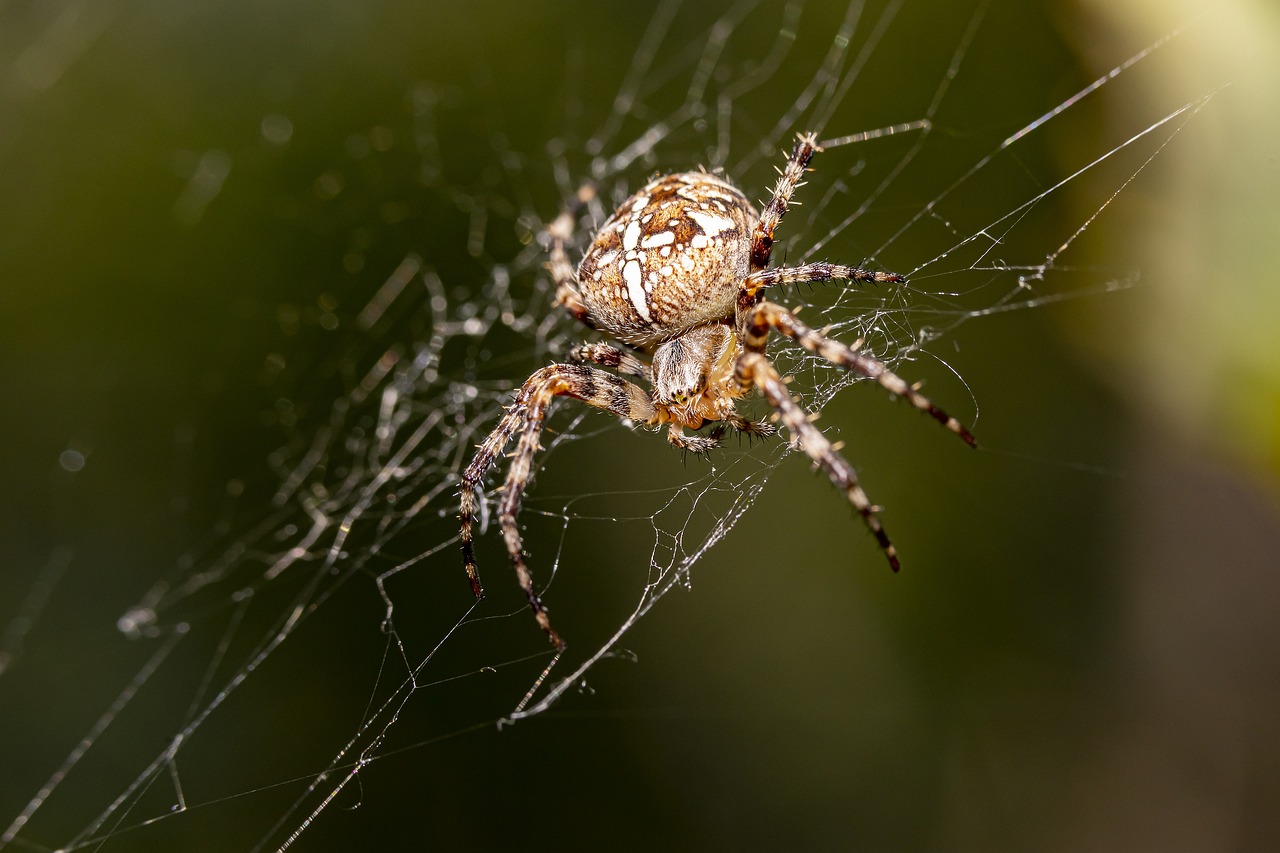The European Garden Spider (Araneus diadematus), also commonly known as the Cross Orb-weaver, is a striking arachnid species found throughout Europe and parts of North America. Renowned for its intricate web-building skills and distinctive markings, this spider inhabits gardens, forests, and meadows, where it plays a vital role in controlling insect populations.
Measuring around 6 to 20 millimeters in length, the European Garden Spider boasts a rounded abdomen adorned with a prominent cross-shaped pattern, which gives rise to its alternative name. Its body displays varying shades of brown, orange, and white, providing effective camouflage amidst foliage and flowers.
A masterful spinner of webs, the European Garden Spider constructs intricate orb-shaped webs, meticulously woven with sticky silk to ensnare flying insects such as flies, moths, and mosquitoes. Positioned strategically between foliage or across pathways, these webs serve as both a trap and a home for the spider.
Despite their formidable appearance, European Garden Spiders are non-aggressive towards humans and typically retreat if approached. Their venom, while potent against their insect prey, poses little threat to humans and is not considered medically significant.
During the breeding season, male European Garden Spiders approach females cautiously, tapping their webs to signal their intentions and avoid being mistaken for prey. After mating, females lay their eggs in silk sacs, which they guard diligently until the spiderlings hatch.
As a keystone species within their ecosystems, European Garden Spiders contribute to the ecological balance by controlling insect populations and serving as a food source for birds and other predators. Their presence in gardens and natural habitats underscores the importance of biodiversity conservation and highlights the intricate interplay of species within the web of life.
Views: 409
Subscribe to the newsletter:
